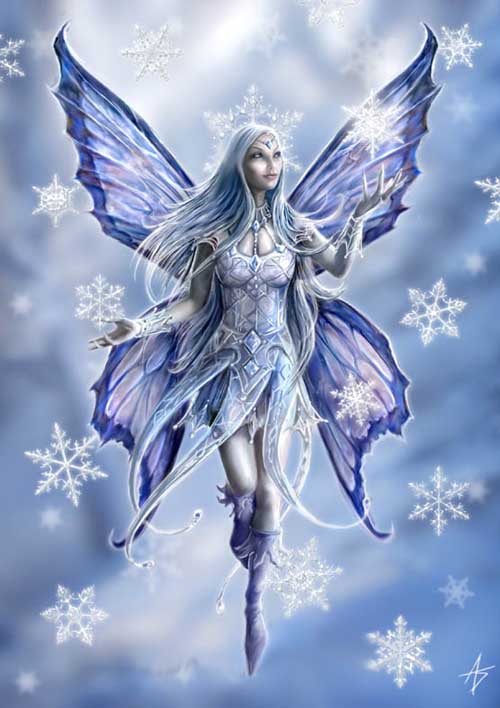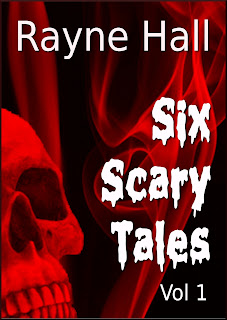- by Tara Maya
Author Interview: Tracie McBride
“Last Chance to See” has a deeply personal origin. One of my aunts was diagnosed with terminal stomach cancer. The family organised a small reunion, and I drove with my three young children from one end of the North Island of New Zealand to the other to see her (you can do that in one day if you start early; New Zealand’s not very big). It felt something like a wake, only with the “guest of honour” still present and participating. There was more laughter than you might expect, naturally a few tears, some blackly funny moments as my aunt told us of her experiences going shopping for something to wear in her coffin, and even although it was a momentous and meaningful occasion, the banal necessities of life still had to be attended to. I got to thinking – what if everybody had the chance to say goodbye to their loved ones before they departed for good?
Tracie McBride is a New Zealander who lives in Melbourne, Australia with her husband and three children. Her work has appeared or is forthcoming in over 80 print and electronic publications, including Horror Library Vols 4 and 5, Dead Red Heart, Phobophobia and Horror for Good. Her debut collection Ghosts Can Bleed contains much of the work that earned her a Sir Julius Vogel Award in 2008. She helps to wrangle slush for Dark Moon Digest and is the vice president of Dark Continents Publishing. She welcomes visitors to her blog at http://traciemcbridewriter.wordpress.com/.












